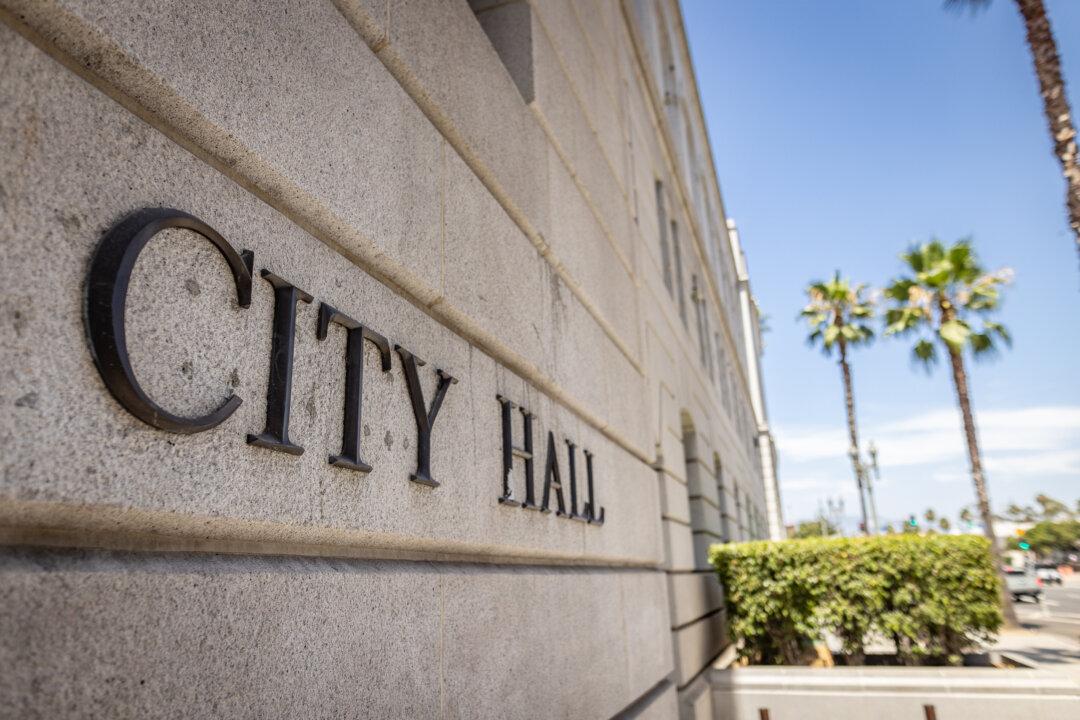It’s campaign season and I’m receiving plenty of political fundraising mail. One technique that I personally don’t care for, and never respond to, is the request to fill out a survey and mail it back, with a generous check, in the envelope provided.
One recently had the following question: “Do you agree that Socialism has never worked anywhere it has been tried?”
Being a California history buff and recently enjoying a road trip where I passed nearby two state historical landmarks that acknowledged attempts at socialism in our state, I thought it would be interesting to briefly share these experiences.
“The Kaweah cooperative colony was a utopian project started in 1886. For several years it attracted international attention, many settlers came here and actually did much to further their ideals. Unable to secure title to the land, and experiencing internal difficulties, the organization ceased to exist after 1892, leaving the Kaweah Post Office as one of its tangible reminders.”

Unfortunately, the state has not erected a plaque at this site. But, if it did, this is what it would read:
“This was the site of the most important non-religious Utopian experiments in western American history. Its founder, Job Harriman, was Eugene Debs’ running mate in the presidential election of 1900. In subsequent years, Harriman became an influential socialist leader and in 1911 was almost elected mayor of Los Angeles. At its height in 1916, the colony contained a thousand members and was a flourishing communitarian experiment dedicated to the principal of cooperation rather than competition.”
Because of its location, the demise of the Kaweah Colony is blamed on the establishment of the Sequoia National Park. But it was crumbling long before these squatters were escorted off property that was converted to public land for future preservation.
Growing enough food on which to survive was also a problem. The hard truth is that the members of the cooperative were dependent on outside financial contributions.
The major observation was that with socialism, one is not compensated based on quantifiable measurements of what is produced. When housing and meals are not dependent on how much one worked, then many members won’t work that much, which led to the inevitable dissension and “internal difficulties.”
Internal political turmoil and an unassured food supply seems to be a similar theme for Llano as well. It was also dependent on outside financial assistance.
In their book, “Bread & Hyacinths: The Rise and Fall of Utopian Los Angeles,” Paul Greenstein, Nigey Lennon and Lionel Rolfe note that “the colony difficulties had their roots in leadership struggles.”
A corporate structure, with a domineering board, did not seem to satisfy the democratic process desired by the members. The resulting strife was too much. Instead of being a showpiece for capitalists to observe the potential benefits of socialism, Llano fell apart due to internal conflicts and the toxic need for an authoritarian approach to manage the whole, and eventually unsustainable, scheme.
In California, for two actual and historical utopian socialistic experiments, they not only failed but their lifespans were very short. Wherever two or more are gathered, there will be arguments, there will be strong-willed control freaks, and there will be dissenters. But those who aren’t motivated to produce, which is what capitalism is based on, will also discourage and frustrate the most idealistic of those espousing socialism.
Human nature and cooperative colonies are like forcing a square peg into a round hole. Utopia it is not. And one wonders what motivates some individuals to still encourage pursuing a socialistic form of government for the state of California and the nation. Let’s hope Californians can learn from their own history.





